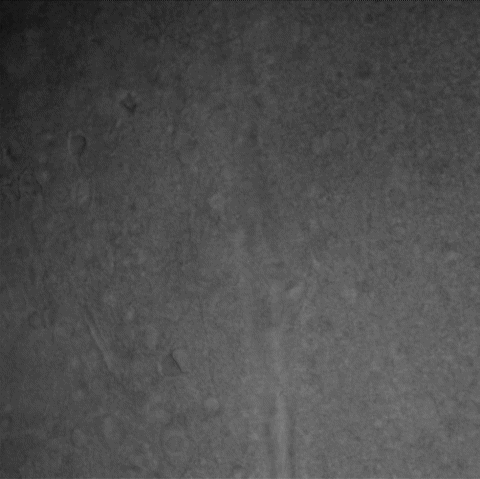Research.
I am currently a postdoctoral fellow in Dr. Meaghan Creed’s lab at Washington University in St. Louis.
Methods
In my postdoc, I use in vivo electrophysiology, behavioral pharmacology, optogenetics, and immunohistochemistry to answer questions about circuits involved in pain and addiction.
During my PhD, I used extracellular and patch-clamp techniques in sensory cortical areas to assay cellular and network responses to optogenetic activation of cortical afferents. I also investigated the effects of volatile anesthetics on these responses by delivering isoflurane to tissue via the artificial cerebrospinal fluid. The majority of my data analysis was conducted using custom Matlab scripts.
Research Questions
What changes do we observe in the brain in chronic pain? Chronic pain affects millions, but how sensory and affective symptoms manifest in chronic pain isn’t well-understood.
People suffering from chronic pain may also be more vulnerable to addiction. What circuits are be involved in the relationship between pain and addiction, and how do they change in chronic pain?
I am currently interested in how the chronic pain affects signaling in pain and reward circuits, from the cellular to the circuit level.
What’s next?
In addition to chronic pain and addiction, I am interested in the other clinical endpoints of anesthetics and their implications for the long-term health of patients. For example, pain management and sympathetic nervous system control are often addressed by perioperative administration of opioids. But, little is known about the post-operative and long-term effects of intraoperative opioid administration in the context of multimodal anesthetic regimens.
In future projects, I am interested in using animal models to conduct preclinical investigations at the intersection of addiction, anesthesia, and analgesia.
Mentorship
I believe that scientific progress and the integrity of the scientific enterprise hinges upon our collective ability to cultivate well-trained, thoughtful scientists. At every step of my career, I have received meaningful, impactful mentorship, and I owe my success to a rich body of people who have unconditionally invested in me.
Of all the aspects of ‘doing science’ that I could hope to be excellent, mentorship is the most important to me. I have formally and informally mentored dozens of junior scientists who have found happiness and success on their journeys to careers in science (and beyond).
My mentorship philosophy has been shaped by my experiences as both a mentor and a mentee, and has evolved immensely since I first started reflecting on the meaning of mentorship in graduate school. I expect it to still be evolving even after I retire.
“Tell me what you study in 6 emojis or fewer.”


